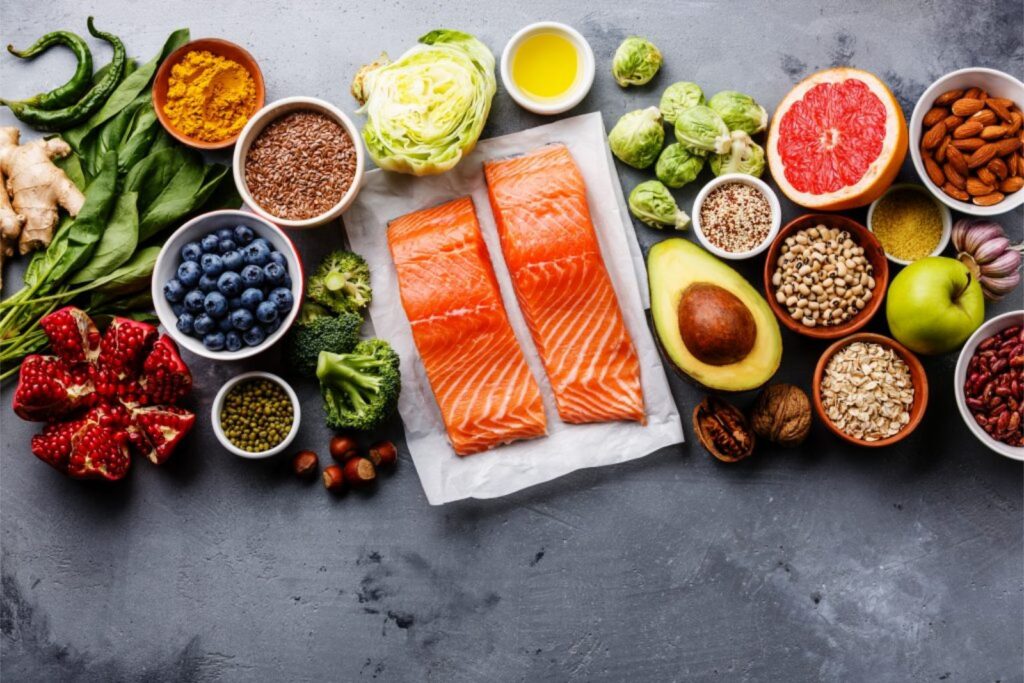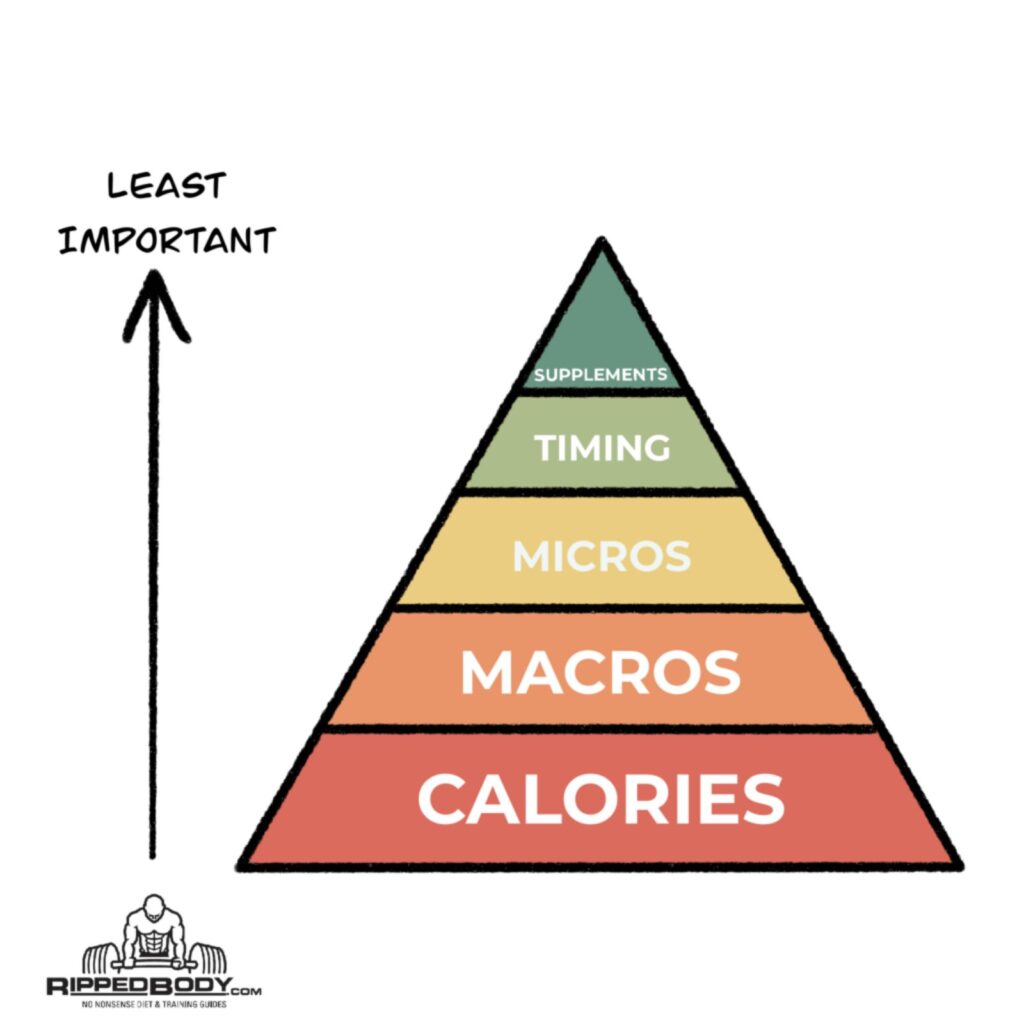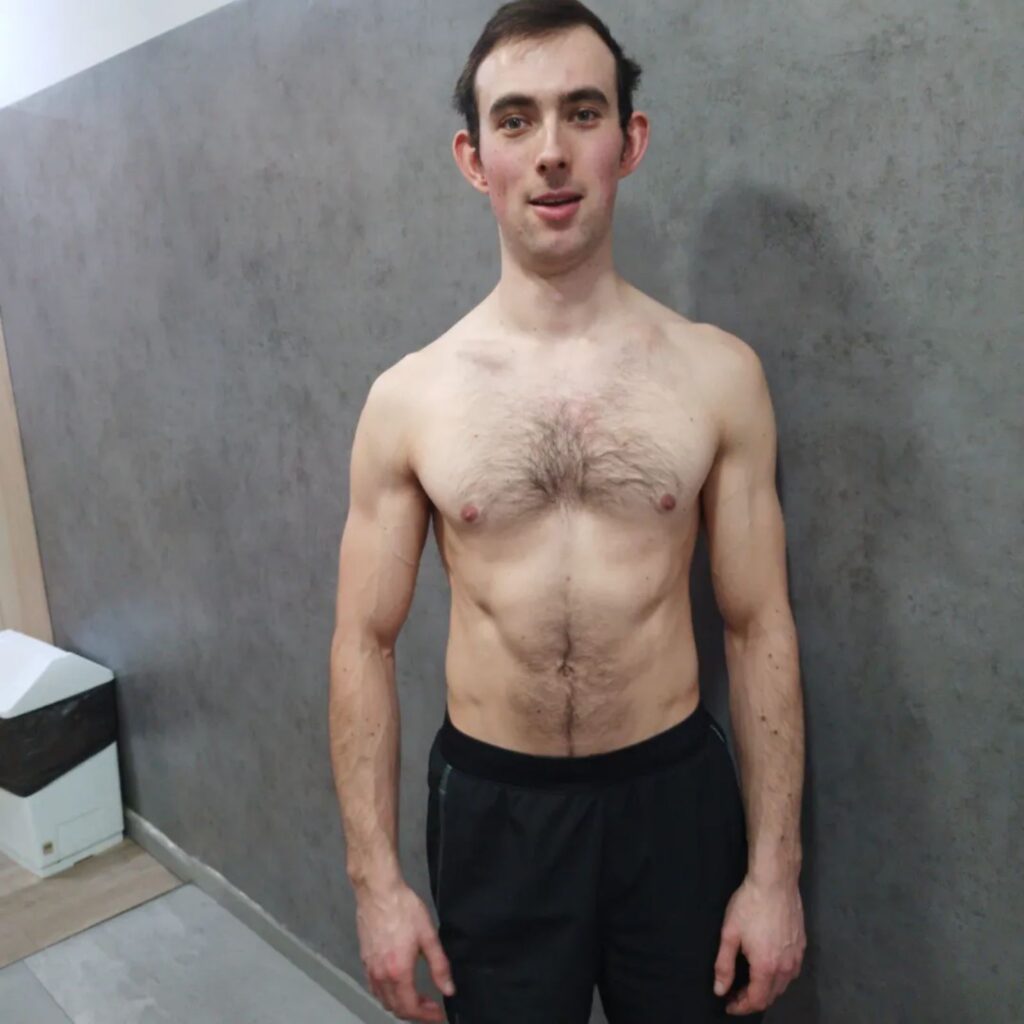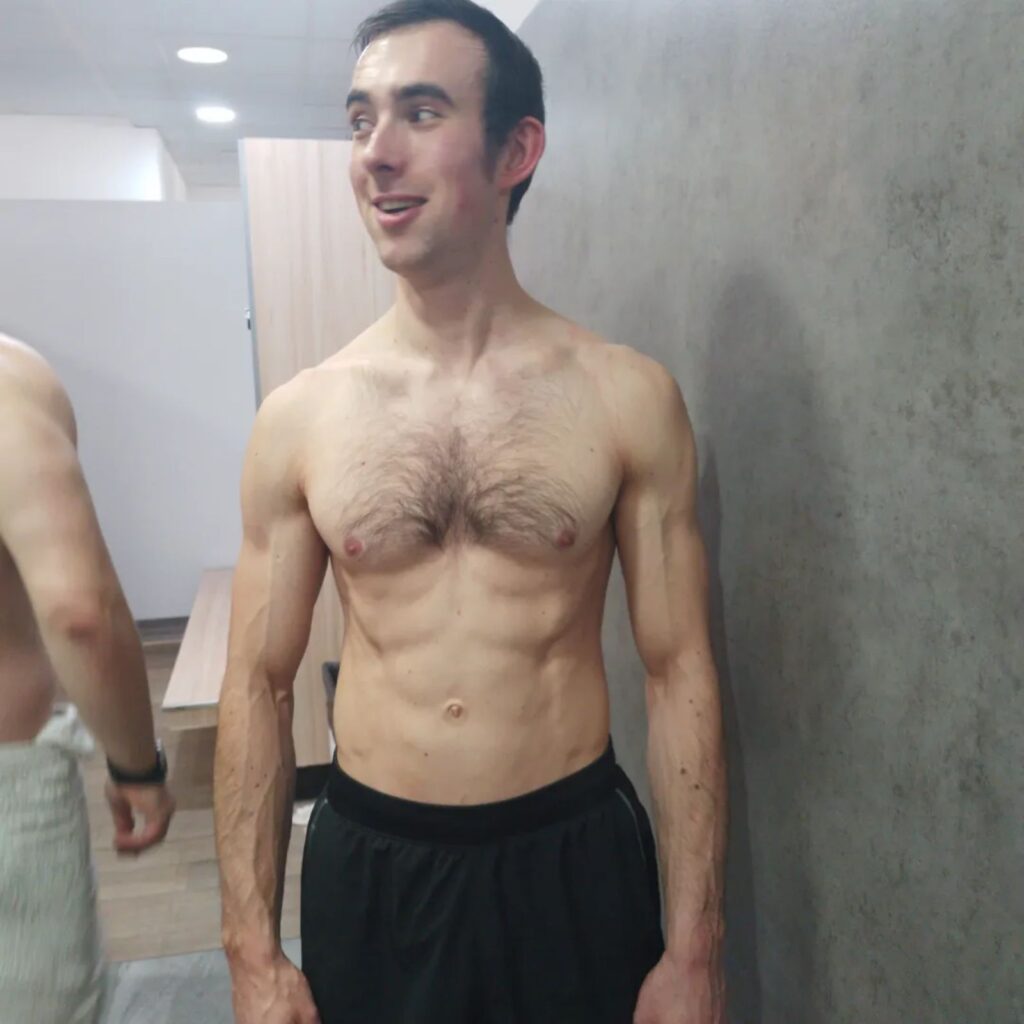How to build muscle fast for skinny guys.

How to build muscle for skinny guys. Yes today I will be going over what nutritional strategies you can use to put on muscle fast. Your nutrition is probably one of the main reasons why you are not putting on any size. You’re not eating enough, not eating enough of the right foods and you may be inconsistent. One thing we should be aware of is that most skinnier guys have very high basal metabolic rates. Meaning they burn a lot of calories very easily while resting. With other people they may have a slower metabolic rate. They don’t burn as many calories when resting. Thus they can eat more “normally” and don’t need to consume so many calories just to maintain or gain weight.
There are also people who are the opposite to the skinnier types who seem to put on fat very easily. Their basil metabolic rate is more like a battery with not much energy left. To these people you have great genetics’s! Our genetic make-up also plays a role. Skinnier guys may have a greater proportion of slow twitch muscle fibers. This makes them better suited to endurance type events. They don’t necessarily have the “build” to pack on as much muscle compared to people with more fast twitch fibers.
With knowledge, us skinnier guys have power
Being born naturally thinner doesn’t mean you can’t pack on muscle..you can put on a LOT with proper training and nutrition. It just may take some more time and dedication for some people but that’s completely in your control. Actually a lot of “hardgainers” respond really well to resistance training. Though originally not starting off with a lot of muscle mass they can pack on a lot in a short space of time. Even surpassing people who seem to be more genetically gifted for muscle growth.
In fact you can make your “weakness” of not being able to put on weight easily to your advantage. You have GREAT genetics as you can lose weight easily too. This means you will have an easier time dieting/losing bodyfat after a massing/muscle building phase compared to the folks who put on weight easier. Now let’s dive into some common problems you may be facing on your quest to build that physique you wish you had. Most importantly how to find solutions to these. Let’s get into them!
Not eating enough food.

This one is pretty common. Skinnier guys complain of not being able to consume a lot of calories due to having a low appetite. Maybe you have a smaller stomach compared to mesomorph Tim over there muscles bulging even while conceived at birth. Another common one is you have a high NEAT or non-exercise activity thermogenesis. In layman’s terms this means all of the actions we carry out throughout the day which is not eating, playing sports or sleeping.
For the skinnier guy this simply means you may fidget more and overall expend more energy with small bodily movements. Whether that’s moving your hands and making gestures while speaking (Italians must have one of the highest NEAT’s on the planet!) or pacing the room when your deep in thought. Or maybe you type a lot working as a receptionist. With a higher NEAT, you burn more calories on average compared to people with a low NEAT.
You may also burn more calories as you could have a smaller frame. You don’t carry a lot of body fat, so you have less insulation to keep your body warm. What does your body do? It burns more calories to keep itself warm and functioning right. How do we combat this? Well.. wearing more clothes could help!! But more importantly you need to consume more calories to keep the furnace burning. The food choices you make will make it easier or harder to consume enough calories to push that arrow on the scales further north. This brings us nicely to our second point.
Consume calorie dense foods.
As a slimmer dude or dudette, you now know you burn calories easier just going about your normal life. You want to build muscle? Your going to need to consume more calories than the average person to place yourself in a calorie surplus. Eating extra calories than what your body needs to actually function is more conducive to building muscle. It is maybe not such a priority for beginners as you guys have not been exposed to weight training before. It’s a novel stimulus. You will build muscle and get stronger by just eating normally. But this won’t always be the case.
After your “beginner gains” period ends your going to need to consume extra calories to “convince” your body to grow more muscle. Think about it for a second. Our bodies primary goal is to survive. Building muscle is not exactly needed. It’s not a necessity. The body will choose to use food more for recovery and survival over building muscle. By eating more food, we satisfy that need while also leaving ourselves with a bit more energy to grow.
Believe me it’s easier to consume more food than you would think.We are surrounded by so many high calorie foods nowadays that gaining weight is definitely easier than it was years ago. We still want to consume, good wholesome, nutrient rich foods for health. At least 80% of our diet or more should be made up of nutrient rich food. This will keep us healthy, reduce the chances of getting sick and making sure we are sufficiently recovering from training. Training is a stresser on the body at the end of the day, though an ejoyable one!
Now we know that 1g of fat contains 9kcal and per 1g of carbohydrate and protein contain 4kcal’s respectively. We can use this knowledge to our advantage and consume more fat dense foods to help really bump up our calorie intake if needed. High fat foods are highly palatable, meaning our body loves eating them.
When our ancestors where roaming the lands millions of years ago, food wasn’t always readily available. When the opportunity came around to eat some food, like hunting a mammoth it would have been a good idea to eat a lot all at once. Who knows who else would come around and take it or when you would see a prize like this again. That meal could be the difference between life and death. Eating an animal containing a lot of fat, would give them energy and fuel to continue living. Our bodies are built the exact same nowadays. We just, only see mammoths in museums! So if you are struggling to move that arrow on the scales further north, here are some of food with a high fat content:
Foods with a high fat content:
- Avocados.
- Olive oil.
- Eggs.
- Strip loin steak.
- Round steak.
- Sausages.
- Beef.
- Nut butters.
- Dairy products like full fat milk, cheeses and cream.
- Fatty fish like salmon, mackerel, sardines and trout.
- Dark chocolate.
- Full fat yogurt.
- Nuts like walnuts and almonds.
These are all foods that contain plenty of fat. We can also consume some high calorie foods containing mostly carbohydrates too. While not being as calorie dense compared to foods with a higher fat content they are still relatively calorie dense. These foods will also fuel your training as they contain an abundance of carbohydrates. The body converts this into glucose to be used as energy. Some great options include:
High caloric foods mostly containing carbohydrates:
- Brown or white rice.
- Quinoa.
- Noodles.
- Sweet potatoes and white potatoes.
- Both wholewheat and white pasta.
- Oats.
- Muesli and granola.
- Honey and maple syrup.
- Breads.
- Dates.
- Figs.
- Raisins
- Gala apples.
- Bananas.
We can see there are a lot of different options here. The great thing is, even if you are struggling to eat enough food after switching to these types of foods, you can eat more of the refined varieties. They contain less bran, which doesn’t make us feel as full as quick. Making it easier to consume larger amounts compared to their wholewheat counterparts. An example could be eating more white rice instead of brown rice. Another little tip you can try is eating your rice with chicken stock which just makes it easier to eat. This tactic can be applied to all carbohydrate sources. Add a tasty sauce and look at the food disappear at an alarming rate!
Eat in a calorie surplus to gain muscle.

So you know what foods are great to eat for gaining weight. Now it will be easier to place yourself in what is called a calorie surplus. This means eating more calories than your body burns. This means while eating in a surplus you will gain a little fat. These are extra calories which are not exactly needed so the body stores them as fat. In the past this extra fat could come in handy for when you couldn’t find food to eat. When this happened your body would use the extra fat stored as fuel. But if we are resistance training while eating in a calorie surplus we are going to gain muscle as well as fat. How big of a surplus you place yourself in will determine how quickly you gain fat.
That will do it partner.
Eating more food does not mean your going to double your muscle gaining abilities. Building muscle is a slow process. We should keep this in mind with our eating and only increase our calorie intake when we start to plateau with weight gain. This happens as our bodies adapt to the extra calories. What was once enough food to gain weight is now enough just to maintain our body weight. It can be common to see people overeating food way too fast, leading to unwanted fat gain which just cuts short our massing/muscle building phases. Meaning more time spend losing this extra unwanted fat. That is not an ideal surplus to deficit ratio.
While weight training we should be in a calorie surplus for the majority of our time spend training to maximize muscle gain. The saying “slow and steady wins the race” couldn’t be more appropriate here. If you would like to know how to properly structure your training for muscle gain, check out my prior article all about programming for hypertrophy/muscle gain.https://www.theavgguysnutritionandexerciseguide.org/exercise/gain-muscle-fast-for-skinny-guys-training-and-programming/
Lay the foundations for long-term progress.
Before eating in a calorie surplus, we want to firstly find our maintenance calories. Our maintenance calories are the amount of calories we need to consume to maintain our weight. We want to find this and be accurate as possible. If we just pick a number out of the air “I’ll start eating 2500kcal to build muscle” because you saw your favorite fitness model doing it, your results are going to be random. It might be enough for them but for you, this could be way too many calories or way too little calories. You need to eat for YOUR body. If you would like some more guidance on this, please take a look at one of my articles all about clean bulking https://www.theavgguysnutritionandexerciseguide.org/nutrition/clean-bulk-meal-plan-guide/.
Do it right from the beginning.
To keep it brief, firstly find your maintenance calories, then place yourself in a calorie surplus by eating a little bit over your maintenance calories (maybe 200-300 extra calories) until your weight gain begins to stall. Once that happens increase your calories again to continue gaining. You would keep doing this until you have put on a noticeable amount of muscle and body fat levels are starting rise notably. A good starting point could be gaining between a pound to half a ib a week to limit fat gain. Remember slow and steady!
Your body is smart. It will adapt to the amount of calories you are giving it after a while. So you will be forced to increase your calories at some point to continue gaining. If you start out eating way too many calories you have no more runway to take off from. Or at least it becomes more difficult. You’ll put on more fat and will have higher caloric needs compared to going slow and steady. Save the 5 guys hamburger meals for when your calorie needs are starting to get very high!
How do I find my maintenance calories?
To find your maintenance calories, we can do the following: Firstly we can use the help of an online calculator which will give us an estimate of our maintenance calories. We should track our weight first thing in the morning after going to the toilet and before consuming any food or liquids. Continue to eat at your estimated maintenance calories and watch the weight on the scales. If your weight remains consistent for a few days you have found your maintenance calories.
What we measure, we can manage.
Though most likely when working off of an estimate your weight will be going up and down and will be inaccurate. In this case continue to track your weight and food intake and watch the trend. If your weight is going down, eat more food and continue monitoring. The opposite is also true. Once you have found how many calories you need to maintain your body weight, follow the steps mentioned in the last paragraph, train hard, and recover enough and you will be making progress!
How long should I be gaining weight?

Alright, so you know what approach to take to gain weight the right way so you will be mostly gaining muscle and not too much fat. But you know that fat gain is going to be inevitable and that sooner or later it will start to show. You can’t see your abdominals anymore, your quadriceps are less defined etc. This is a natural part of the process. Anyone who has ever massed has put on muscle and fat. It’s just a part of the process.
If we are going about gaining weight properly, we will delay arriving at the stage where you need to start dieting. When we see ourselves start to put on a lot of fat, it’s a good idea to stop our gaining phase. From here we can either commence a dieting phase by slowly reducing our calories. Or we can complete a quick maintenance phase for a few weeks which helps our body to adjust to our new body weight. Then starting to diet. Dieting history and life circumstances should be taken into consideration when deciding which path to take.
Slow and steady is better than fast and careless.
I would recommend aiming to gain about 10% of your body weight at the start of a gaining phase. So you can look at your current weight, find 10% of it and break it down. So if we want to gain about 0.5ib per week we would make sure that links up with our 10% body weight gain goal. For example, let’s say you weigh 160ibs right now. 10% of that is 16ibs. During our final week of massing, we should weigh about 176ibs. Split 16ibs into gaining 0.5ibs per week, that’s 32 weeks or 8 months of massing. It’s quite a conservative number and you are welcome to aim to gain at a faster rate. But I wouldn’t aim to gain over 1ib of bodyweight per week.
Beginners can probably gain at a quicker rate as they have more room to grow. Unlike an advanced lifter who has already put on a substantial amount of muscle. Every year they see diminishing returns. Their calorie needs may be higher than a person with less muscle. Dramatically increasing their calorie intake to gain at a faster rate won’t necessarily allow them to gain more muscle. A common misbelief among beginner lifters who stuff themselves with food in the hope they will double their muscle gains.
Food timing and eating strategies.
By this stage we have the basics nailed. We have found our maintenance calories, we are now eating in a slight surplus. We are training hard. Doing these things will equal progress. From here, we can fine-tune some things to improve our results. Some things that come to mind are:
- Adequate protein intake.
- Adequate carbohydrate intake.
- Adequate fat intake.
- Even protein distribution throughout the day.
- Eating to fuel training and promote recovery.
1. Adequate protein intake.
You probably know that consuming enough protein ranks high in importance and you would be right. Protein gives us the raw building blocks we can use to manufacture new muscle tissue. It helps us recover from the exercise and stress we have placed upon our bodies during training. But how much should we consume? A good general recommendation is to eat 1g of protein per ib of body weight. You may think “Woah Jack! That’s a lot of protein!” Yeah for some people it is. Most people don’t eat so much protein. But if you are trying to gain muscle you can’t expect to see the same results by eating like a normal person. Consume enough protein and you will create the anabolic state your body needs to grow new muscle tissue.
2. Adequate carbohydrate intake.
Carbohydrates are very important as they are going to fuel our training and help with recovery after resistance training. Carbs rank 2nd as the most important macronutrient we need to consume to build more muscle tissue. We are eating 1ib of protein per ib of body weight. This takes some calories out of our daily calorie budget. With carbohydrates, we should consume up to 2g of carbohydrates per ib of body weight. This is going to give us a lot of energy to train harder and hit new PR’s which will lead to more muscle tissue. At each meal as well as eating some protein, we should consume carbohydrates both helping each other to be fully absorbed by the body.
3. Adequate fat intake.
Our final macronutrient, fat. Fat is the least important of the 3 and we should look to consume just enough for a healthy brain and body. Fat won’t necessarily help us in the same way as protein (raw building blocks for muscle gain) or carbohydrates (fuel for training). So we want to keep it as low as possible or as is preferable for the person. A good target to aim for could be 0.5g per ib of body weight.
All fat is not made equal.
Fat does have it’s benefits. As each gram of fat contains 9kcals, it is very useful to consume if aiming for a high daily calorie intake. If your struggling to hit your target, eat more fattier foods which are generally easier to consume as they are highly palatable. Always choose “good fats” over “bad fats” for their nutrients but some so called bad fats can come in handy. Just for the sheer reason they are easy to consume, meaning an easier time hitting our calorie intake.
4. Even protein distribution throughout the day.
This is important to do. Yes we want to eat a certain amount of protein each day. But we also want to break this amount into equal amounts throughout the day so our body optimally absorbs the protein we eat. You see our body can only absorb a certain amount of protein at each feeding. Some say we can absorb anything between 25-50g of protein. Eating over this, we are not guaranteed to absorb all of the protein. Here is a good article written by Layne Norton, a well-respected individual in the sphere of the nutritional sciences explains all things protein synthesis.. Give it a read! https://biolayne.com/videos/educational/how-much-protein-should-you-have-in-a-meal/
5. Eating to fuel training and promote recovery.
This is not as important (but still is quite important!) as consuming enough calories, eating enough protein, sleeping enough and training hard. But if your hitting all of the other points, doing this is going to lead to better results. Namely better performance in the gym and faster recovery, so you can train again in quick succession. The 2 meals on either side of our training session should be the biggest meals we consume during the day. The meal before training should be rich in carbohydrates to give us the energy to train hard in the gym. Consume a meal rich in carbohydrates (if training is close to the pre-workout meal you should consume simple carbohydrates for quick absorption) at least 1 hr before training. Also, include some protein for optimal protein synthesis. Limit fat consumed in this meal to quicken the rate at which the carbohydrates are absorbed.
The meal after training looks just like our pre-workout meal to quicken the absorption of carbohydrates into the damaged muscles and quickly start the recovery process. Our bodies are really insulin-sensitive after training. They are craving carbohydrates and protein to start repairing the damaged muscle. We also get a little bit of a recovery boost by eating this meal within 1 hour of training or as quickly as you can after training. After these two meals, we can consume a bit more fat in our other meals. This is to make up the rest of our fat requirements for the day.
I like this nutritional pyramid of importance by RippedBody. It shows what we have been talking about.

Also please check out his article https://rippedbody.com/nutrition-pyramid-overview/ where he goes over nutrition for fat loss and muscle gain. I think you can learn a thing or two over there.

Alright guys! So we have just reached the end of the article! By now you should be equipped with the right knowledge to make some gains. Morph from skinny to muscular. Soon with enough effort and patience you will be unrecognizable to yourself!
Before we finish this article I want to leave you with 3 pictures of myself. This will show you the power of nutrition and being consistent over a period of time. The first picture is me, about 16 years old playing rugby. You can see I was not the biggest of guys. Well, you can say I was not going to play as a forward! The other two pictures were taken in the last few weeks. The first before a 3-week mini-cut/dieting phase. The other is after the dieting phase. I lost a total of 5.8ibs or 2.6kg in 3 weeks while maintaining or progressing on lifts. Let this be evidence to anyone out there. You will get results if you know what to do and you stick at it long enough.



If you enjoyed this article, please feel free to share with your friends and family. Sign up to my newsletter and check out some of my other articles. Have a good one guys, until the next one!
